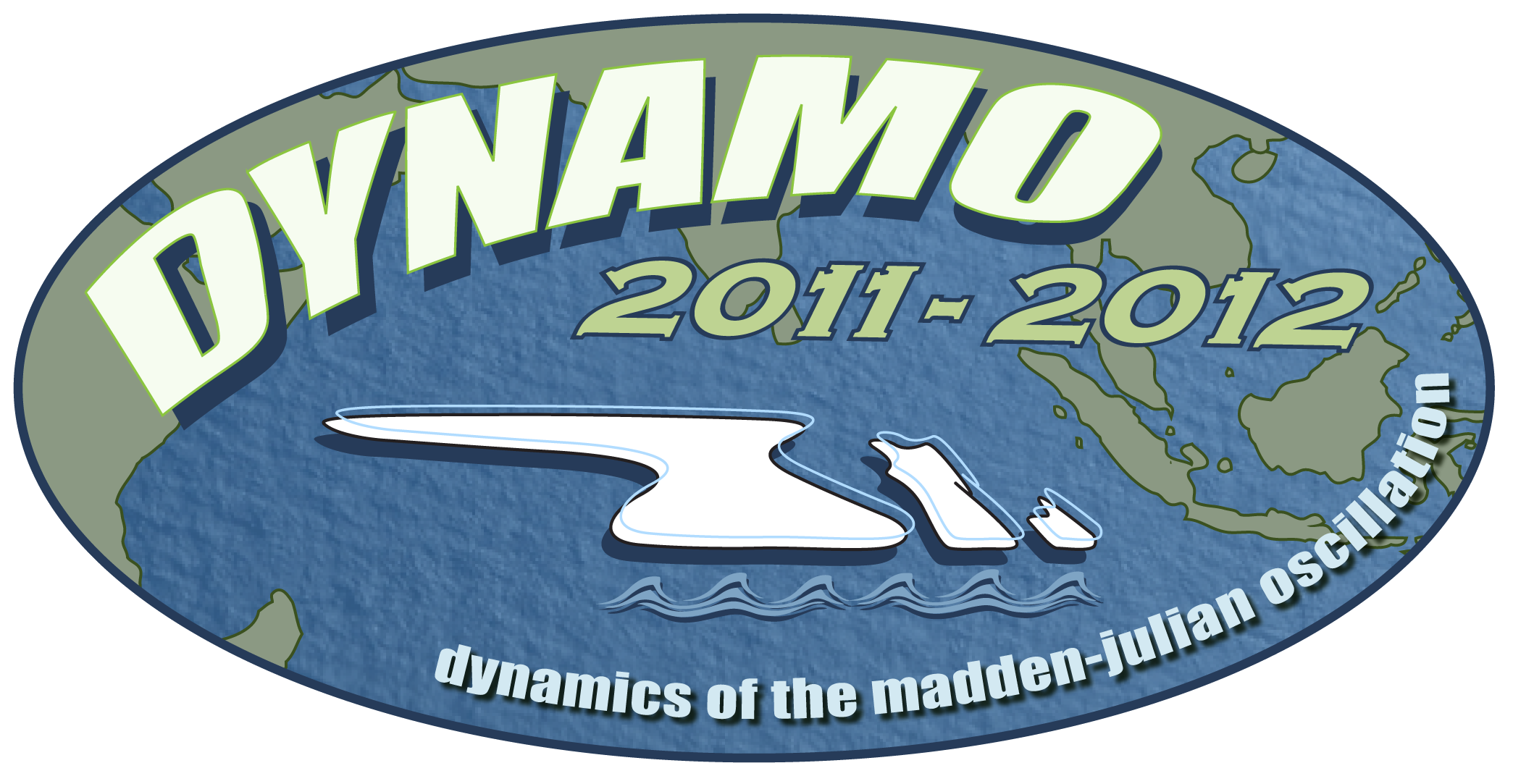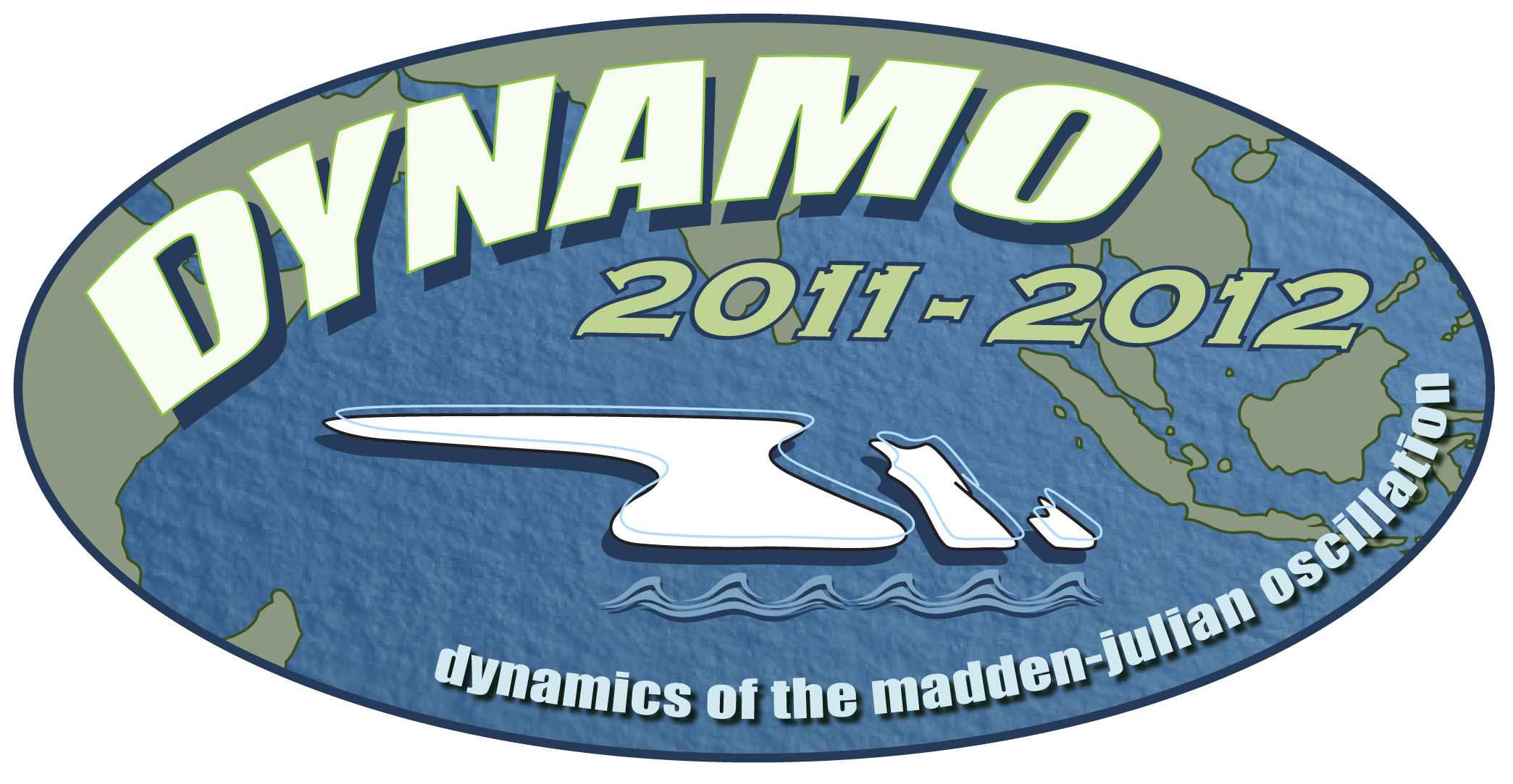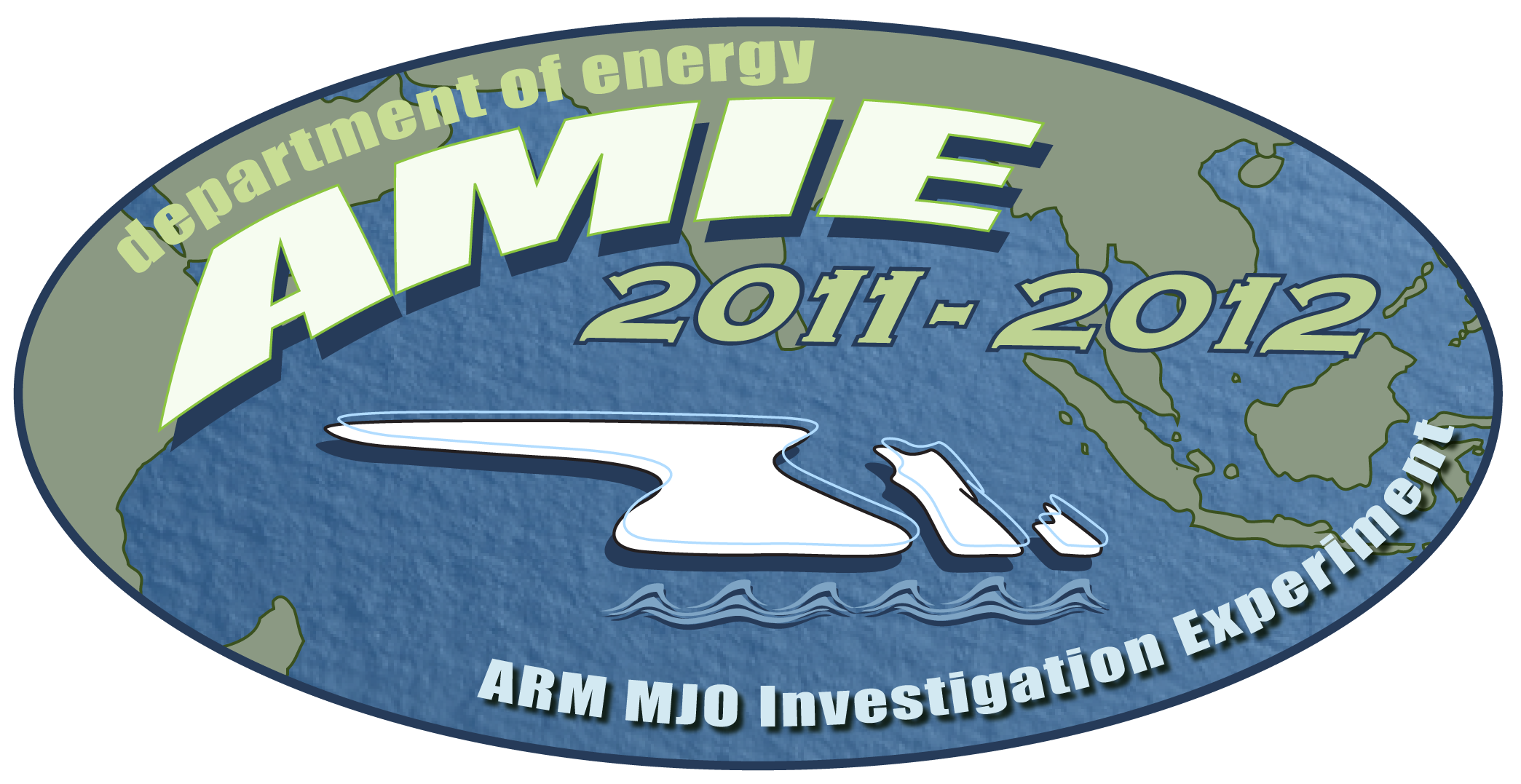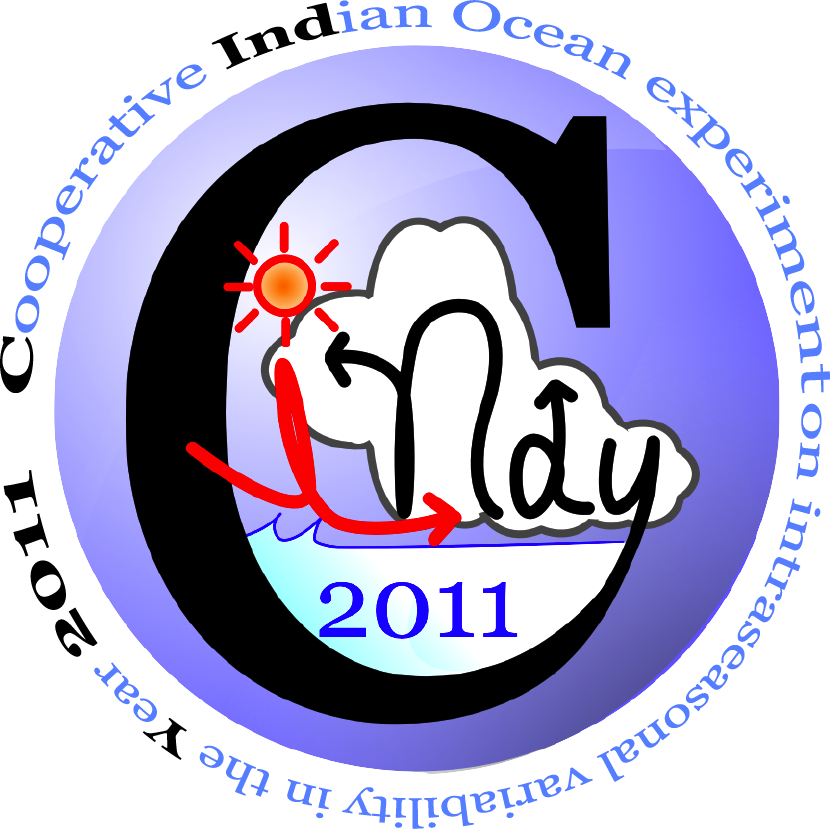A Scientific Project in the Indian Ocean to Understand Global Climate & Weather Systems
 As the global climate changes, it becomes more urgent to understand how the oceans and atmosphere work together to regulate the Earth-s temperature and respond to long-term variation. The study of climate aims to quantify the degree of global temperature changes and their consequences, such as sea-level rise, with increasing detail. This information can be used by national/local governments and society to plan mitigation and adaptation strategies. Such quantitative information requires detailed knowledge of the structures and evolution of the atmosphere and ocean in the tropics.
As the global climate changes, it becomes more urgent to understand how the oceans and atmosphere work together to regulate the Earth-s temperature and respond to long-term variation. The study of climate aims to quantify the degree of global temperature changes and their consequences, such as sea-level rise, with increasing detail. This information can be used by national/local governments and society to plan mitigation and adaptation strategies. Such quantitative information requires detailed knowledge of the structures and evolution of the atmosphere and ocean in the tropics.
From 1 October 2011-31 March 2012, a group of meteorologists, oceanographers, and climate scientists from 13 countries will gather in the equatorial Indian Ocean for a major scientific project to observe the development of the Madden-Julian Oscillation (MJO) at its source. This project is called DYNAMO, which stands for Dynamics of the Madden-Julian Oscillation.
What is the Madden-Julian Oscillation?
"The Madden-Julian Oscillation is the bridge between weather and climate".
- Chidong Zhang, Chief Scientist
The Indian Ocean is one of the Earth-s most sensitive regions where ocean and atmosphere interact, affecting the global climate. What happens here sends impulses out over much of the globe via a phenomenon called the Madden-Julian Oscillation, or MJO.
The MJO is a 30 to 90 day tropical weather cycle that starts over the equatorial Indian Ocean and moves eastward into the western Pacific, alternating between large, strong rain storms and relatively quiet periods, covering a large region of several thousands of kilometer across. The region over the Indian Ocean where the MJO initiates typically has cooler sea surface temperatures, and as the system progresses, it moves eastward into the warmer waters of the western Pacific Ocean. Cloud systems then build up due to heat and readily available moisture from the ocean. The convective storm systems moving through the equatorial regions have reverberating effects on weather to both the Northern and Southern Hemispheres.
The environmental factors of the initiation of this weather cycle is of great interest to scientists, as the MJO has far reaching impacts on both the global climate and weather. Collecting data that will in turn be studied and entered into climate models, will "drastically improve our confidence in climate models", says DYNAMO Chief Scientist Chidong Zhang.
Collaborative Research
The project is funded by the following U.S. agencies:
- NSF :: National Science Foundation
- DOE :: Department of Energy
- ONR :: Office of Naval Research
- NOAA :: National Oceanic and Atmospheric Administration
- NASA :: National Aeronautics and Space Administration
DYNAMO Hypotheses
The following hypotheses will be tested using DYNAMO field observations, auxiliary data (from moorings, satellites, and global reanalyses), and numerical models constrained, validated and evaluated by observations.
Hypothesis I: Deep convection can be organized into an MJO convective envelope only when the moist layer has become sufficiently deep over a region of the MJO scale; the pace at which this moistening occurs determines the duration of the pre-onset stage.
Hypothesis II: Specific convective populations at different stages are essential for MJO initiation.
Hypothesis III: The barrier-layer, wind- and shear-driven mixing, shallow thermocline, and mixing-layer entrainment all play essential roles in MJO initiation in the Indian Ocean by controlling the upper-ocean heat content and SST, and thereby surface flux feedback.
Data Policy
Data Set Documentation Guidelines
Data Submission Instructions


